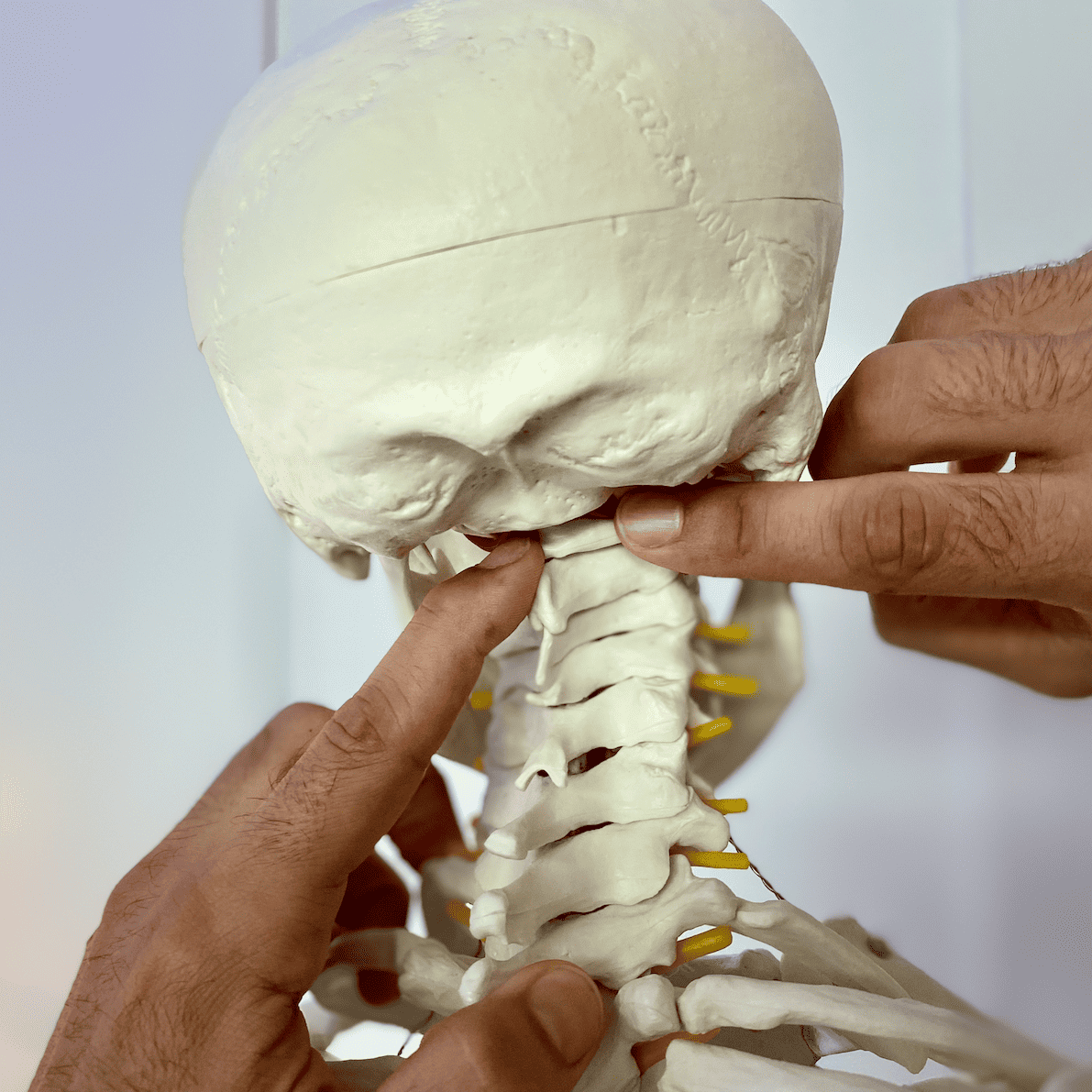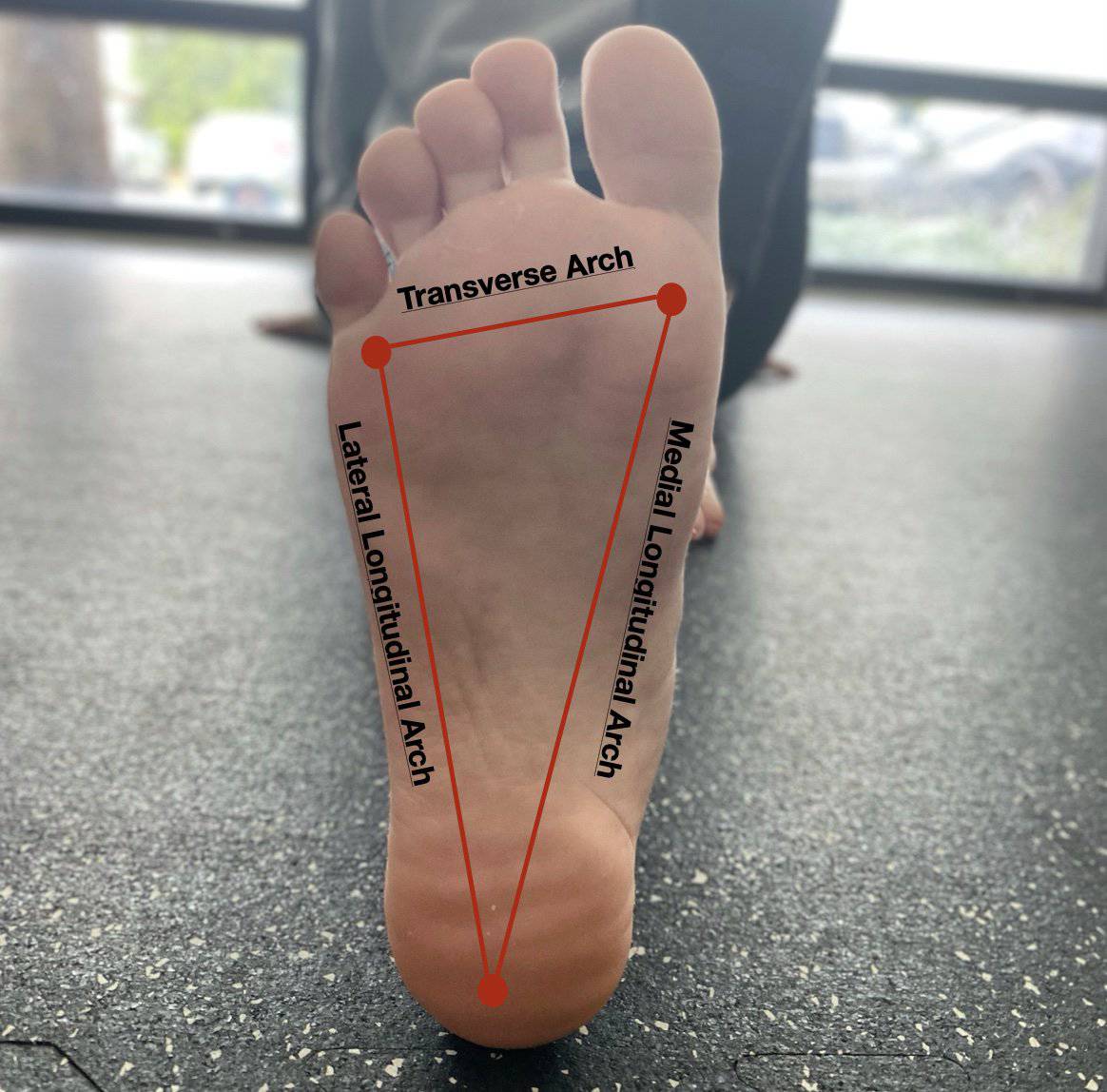Dr. Mario Tolj here, your Mt. Pleasant-based spine and nerve expert. Ever wondered why your body heats up when you’re hurt? That’s acute inflammation – Stage 1 of your 3 stage wound healing process. But like any hero, it can sometimes go overboard. Today, we’re getting into the fascinating world of inflammation, where it’s not always the villain it’s made out to be. From boosting healing to fighting off invaders, inflammation plays a crucial role in your health. Lets take a look at this misunderstood process that can be your ally in the journey to optimal wellness!
Key Takeaways
- Inflammation is a vital defense mechanism that plays a crucial role in the body’s healing process.
- While acute inflammation is beneficial, chronic inflammation can lead to various health issues.
- Proper management of inflammation through lifestyle choices and medical interventions can optimize healing and overall health.
Table of Contents
- The Inflammation Process: Your Body’s Superhero Squad
- The Stages of Inflammation: A Healing Journey
- The Immune System: Your Body’s Defense Force
- The Benefits of Controlled Inflammation: Why a Little Heat is Good
- When Inflammation Becomes Problematic: Too Much of a Good Thing
- Managing Inflammation: Finding the Goldilocks Zone
- The Role of Chiropractic Care in Managing Inflammation and Chronic Pain
- The Future of Inflammation Research: What’s on the Horizon?
- FAQs
- Conclusion
The Inflammation Process: Your Body’s Superhero Squad
Imagine your body as a bustling city, and inflammation as its dedicated emergency response team. When trouble strikes – be it an injury, infection, or irritant – this team springs into action faster than you can say “ouch!”
Experience the BodyFix Difference
Experience the difference that patient-centric, whole-body chiropractic care can make. Discover how The BodyFix’s unique approach addresses not just your pain, but your overall wellness for lasting results.
Acute Inflammation: The Quick Response Unit
Acute inflammation is like the first responders of your body. It’s quick, efficient, and doesn’t overstay its welcome. When this superhero squad arrives on the scene, you might notice redness as blood vessels dilate, bringing more blood to the area.
You’ll feel heat from the increased blood flow as fluid accumulates to cushion the affected area. Pain alerts you to the problem as nerve endings are stimulated, and you might experience a temporary loss of function as the affected area becomes immobilized.
This unbelievably fast and efficient process typically lasts for the first 48 hours. It’s your body’s way of saying, “Hey, we’ve got this under control!” The purpose of this response is to eliminate harmful foreign stimuli and kickstart the healing repair/remodel process.
Chronic Inflammation: When the Squad Overstays Its Welcome
Now, chronic inflammation is like a well-intentioned cleanup crew that just won’t leave. It can stick around for weeks, months, or even years. This persistent state can lead to various health issues, including autoimmune disorders, cardiovascular diseases, cancer, and neurodegenerative conditions.
Chronic inflammation often results from lifestyle factors such as poor diet, lack of exercise, chronic stress, or exposure to environmental toxins1. It can also occur when the body fails to eliminate the initial cause of acute inflammation or when the healing process is repeatedly disrupted.
The Stages of Inflammation: A Healing Journey
Let’s break down the healing process into three stages, each with its own starring role in inflammation.
Stage 1: The Inflammatory Response (0-72 hours)
This is where the action begins. Your body mobilizes its defenses so fast that vessel clotting formation happens within the first 180 seconds! Behind the scenes, vascular changes occur as blood vessels constrict to stop internal micro bleeding at the damage site and at the same time other surrounding vessels dilate, allowing more blood flow to the affected area.
White blood cells rush to the scene like tiny paramedics, and the initial tissue repair process begins.
During this stage, you might notice the classic signs of inflammation: redness, heat, edema (fluid accumulation), pain, and loss of function. These symptoms, while uncomfortable, are signs that your body is working hard to heal itself. This unbelievably organized lighting fast process is all Innate by your body so you don’t have to do a thing! Logically, why in the world would anyone want to stop this?
Stage 2: Repair and Regeneration (72 hours – 8 weeks)
Now we’re in the reconstruction phase.
Think of it as your body’s own personal renovation show. New tissue starts to form through collagen production, like scaffolding for a building. Scar tissue develops as your body’s way of patching up the damage, and early tissue remodeling begins as the new tissue starts to take shape and function.
During this stage, the signs of acute inflammation start to subside, but the healing process is far from over. Your body is working hard to rebuild and strengthen the affected area. Getting patients to start mobility training can start at this stage. Yes this early and even in the acute stage! More muscle activation triggers more lymphatic drainage which speeds up recovery time.
Stage 3: Remodeling and Maturation (8 weeks – months/years)
This is the long game. Your body continues to refine and strengthen the repaired area. The new tissue is organized for optimal function, becoming stronger over time. Gradually, the affected area returns to normal use.
This stage can last for months or even years, depending on the severity of the initial injury or illness. It’s a testament to your body’s incredible ability to heal and adapt. People that don’t rehab badly injured parts usually have unorganized scar tissue that leads to further biomechanical imbalances.
![Importance Of Inflammation In Healing [Essential Guide] Importance Of Inflammation In Healing](https://thebodyfixchiro.com/wp-content/uploads/ImportanceOfInflammationInHealing2.jpg)
The Immune System: Your Body’s Defense Force
Now, let’s meet the real MVPs of the inflammation process – your immune system. These microscopic warriors are the unsung heroes of your body’s defense force.
White blood cells are like the special ops of your immune system2. They come in different types, each with a specific role. Neutrophils are the first responders, arriving within minutes to hours to neutralize foreign invaders. Macrophages act as the cleanup crew, engulfing debris and dead cells. Lymphocytes are the strategists, coordinating the long-term immune response.
Cytokines are the communication experts of your immune system. 3They send signals to coordinate the inflammatory response, like tiny cellular text messages. These chemical messengers help recruit more immune cells to the site of injury or infection and regulate the intensity and duration of the inflammatory response.
The Benefits of Controlled Inflammation: Why a Little Heat is Good
Believe it or not, inflammation isn’t always the bad guy. Remember, healing can’t happen without acute Inflammation!
When properly modulated, it’s actually a crucial part of your body’s healing process4. A little inflammatory fire is a good thing because it helps with pathogen elimination, fighting off harmful invaders like bacteria and viruses. It also kickstarts the healing process for damaged tissues and acts like a workout for your immune system, making your body more resilient.
When Inflammation Becomes Problematic: Too Much of a Good Thing
As with many aspects of health, balance is key. When inflammation becomes chronic or excessive, it can lead to a host of problems. Here’s a quick look at some conditions associated with chronic inflammation:
| Condition | Description | Inflammatory Connection |
|---|---|---|
| Rheumatoid Arthritis | Autoimmune disorder affecting joints | Persistent inflammation attacks joint tissues |
| Atherosclerosis | The buildup of plaque in arteries | Chronic inflammation contributes to plaque formation |
| Alzheimer’s Disease | Neurodegenerative disorder | Ongoing brain inflammation may contribute to cognitive decline |
| Certain Cancers | Abnormal cell growth | Chronic inflammation can create an environment conducive to cancer development |
Managing Inflammation: Finding the Goldilocks Zone
Now that we understand the importance of inflammation in healing, how do we keep the chronic side on check? Here are some strategies to help you find that “just right” balance:
Nutritional Approaches: Eat Your Way to Better Health
![Importance Of Inflammation In Healing [Essential Guide] Importance Of Inflammation In Healing](https://thebodyfixchiro.com/wp-content/uploads/ImportanceOfInflammationInHealing3.jpg)
Your diet can be a powerful tool in managing inflammation. Omega-3 fatty acids, found in fatty fish, walnuts, and flaxseeds, have potent anti-inflammatory properties.5
Colorful fruits and vegetables are packed with antioxidants that combat inflammation. Spices like turmeric and ginger have also been shown to have significant anti-inflammatory effects.6
Consider adopting a Mediterranean-style diet, which emphasizes whole grains, lean proteins, fruits, vegetables, and healthy fats. This eating pattern has been associated with lower levels of inflammation and reduced risk of chronic diseases.
Lifestyle Interventions: Move, Relax, and Sleep
Regular physical activity can help regulate inflammation7. Find an activity you enjoy, whether it’s yoga, hiking, or dancing. Aim for at least 150 minutes of moderate-intensity exercise per week.
Chronic stress can fuel inflammation, so stress management is crucial. Try meditation, deep breathing, or even a relaxing hobby. These practices can help lower stress hormones and reduce inflammation in the body.8
Sleep is often overlooked, but it’s crucial for managing inflammation. Aim for 7-9 hours of quality sleep per night. Your body does much of its repair work while you’re catching Z’s, and poor sleep has been linked to increased inflammation.
The Role of Chiropractic Care in Managing Inflammation and Chronic Pain
As a chiropractor, I’ve seen firsthand how proper spinal alignment and function can significantly impact overall health, including the body’s inflammatory responses. Chiropractic care goes beyond just treating back pain – it’s about optimizing the function of your nervous system, which plays a crucial role in regulating inflammation throughout your body.
Spinal Decompression: A Non-Surgical Approach to Healing
One of the most exciting developments in chiropractic care is spinal decompression therapy. This non-invasive treatment can be particularly beneficial for those suffering from conditions like herniated discs, sciatica, or spinal stenosis. By gently stretching the spine, we can take pressure off compressed discs and nerves, allowing for better circulation and promoting the body’s natural healing processes.
Many patients find that spinal decompression offers relief where other treatments have failed, often helping them avoid more invasive procedures like surgery. It’s not a magic bullet, but for many, it’s been a game-changer in managing chronic pain and inflammation.
Addressing Neuropathy: A Holistic Approach
Neuropathy, whether caused by diabetes, chemotherapy, or other factors, can be a debilitating condition.9 The pain, numbness, and tingling associated with neuropathy are often linked to inflammation in the nervous system.
As chiropractors, we approach neuropathy from a holistic perspective, looking at not just the symptoms, but the underlying causes and contributing factors.
Through a combination of chiropractic treatments, Class IV laser therapy, targeted exercises, and sometimes nutritional guidance, we can help manage the inflammatory processes contributing to neuropathy. Many patients find improvement not just in their neuropathy symptoms, but in their overall health and well-being.10
The Future of Inflammation Research: What’s on the Horizon?
The world of inflammation research is buzzing with exciting developments. Researchers are working on targeted therapies that can pinpoint specific inflammatory processes.11 The future of inflammation management may involve personalized approaches based on your unique genetic and environmental factors.
Understanding inflammation better could lead to new treatments for a wide range of conditions. From autoimmune disorders to neurodegenerative diseases, the potential applications of this research are vast and promising.
Experience the BodyFix Difference
Experience the difference that patient-centric, whole-body chiropractic care can make. Discover how The BodyFix’s unique approach addresses not just your pain, but your overall wellness for lasting results.
FAQs
Can inflammation ever be beneficial for the body?
How can chiropractic care help with inflammation-related conditions?
Is chiropractic treatment an alternative to surgery for spinal issues?
How does stress affect inflammation in the body?
What recent advancements have been made in understanding inflammation’s role in healing?
Conclusion
As we have created easy analogies for some basic understanding, I hope you’ve gained a new appreciation for this often misunderstood process. And we haven’t even hit the tip of the ice burg with this unimaginable complex bodily process. But the take away is this, inflammation isn’t inherently good or bad – it’s all about balance. So next time you hear the word inflammation, you should ask yourself, “Is the good kind or bad kind?”
All we try to do as practitioners is help your body be more efficient at what it already knows.
By understanding the role of inflammation in healing, you can make informed decisions about your health. Whether it’s choosing anti-(chronic) inflammatory foods, staying active, or seeking appropriate medical care, you have the power to influence your body’s inflammatory responses.
Schedule a consultation with me today to explore how chiropractic care, including advanced treatments like red light therapy bed, class IV laser therapy, and decompression therapy can help you achieve optimal wellness. Your journey to a pain-free, vibrant life starts with a single step – make that step today!
- https://www.ncbi.nlm.nih.gov/books/NBK493173/ ↩︎
- https://www.ncbi.nlm.nih.gov/pmc/articles/PMC5091071/ ↩︎
- https://www.ncbi.nlm.nih.gov/pmc/articles/PMC8126146/ ↩︎
- https://www.niehs.nih.gov/health/topics/conditions/inflammation#:~:text=Inflammation%20is%20a%20normal%20part,tissues%20or%20lasts%20too%20long. ↩︎
- https://www.ncbi.nlm.nih.gov/pmc/articles/PMC4030645/#:~:text=Evidence%20is%20mounting%20that%20omega,disease%2C%20heart%20disease%20and%20arthritis. ↩︎
- https://www.ncbi.nlm.nih.gov/pmc/articles/PMC3665023/ ↩︎
- https://www.ncbi.nlm.nih.gov/pmc/articles/PMC7188661/ ↩︎
- https://www.apa.org/topics/mindfulness/meditation ↩︎
- https://www.ncbi.nlm.nih.gov/pmc/articles/PMC8395481/ ↩︎
- https://www.ncbi.nlm.nih.gov/books/NBK553030/ ↩︎
- https://www.ncbi.nlm.nih.gov/pmc/articles/PMC3492709/ ↩︎
- https://www.ncbi.nlm.nih.gov/pmc/articles/PMC5476783/ ↩︎
- https://www.ncbi.nlm.nih.gov/pmc/articles/PMC9369237/ ↩︎
Blog Disclaimer: The information provided on The BodyFix Chiro blog is for general informational and educational purposes only and is not intended as medical advice. These articles reflect our opinions and experiences but should not be used to diagnose or treat any health conditions. Always consult with your physician, chiropractor, or other qualified healthcare provider before starting any new treatment, exercise program, or making changes to your health routine. Any actions you take based on information from this blog are entirely at your own risk, and The BodyFix Chiro and its contributors disclaim any liability for the decisions you make based on this information.



